Have you ever heard of a city called Potosí? A Bolivian city known for its mines and tragic history? Potosí is located at an altitude of 4067 meters and therefore the highest city in the world. It’s hard to imagine that this city once belonged to one of the richest and largest cities in South America, because of its flourishing mine industry. And today there is not much left of this bustling city. I have visited this city several times and it keeps touching me. In this article I’m taking you to the almost exhausted mines of Potosí, a miners-market and the lord of the underground.
In the 16th century, the Spaniards discovered large quantities of silver in the Cerro Rico Mountains, surrounding Potosí. They started to exploit these mines on a large scale and transported the amount of silver via Argentina directly to Spain. Because of the altitude, only the indigenous people were able to do this type of heavy work, deep down the mines. While the city became richer every day and attracted people from all over the world, working conditions in the mines were dire. It is said that millions of indigenous people died there over the years. When the mines were exhausted in the early 19th century, the city was left in decline, including a lot of poverty among the local population.
Because economic possibilities are limited, Potosí still lives off the mining industry and struggles to survive. Most of the mines are exchausted. However, 15,000 men leave for a mine every day . The ore is extracted and processed into a powder of zinc, lead and silver. The miners are paid for the quantity they deliver and for many the only possibility to make some money.
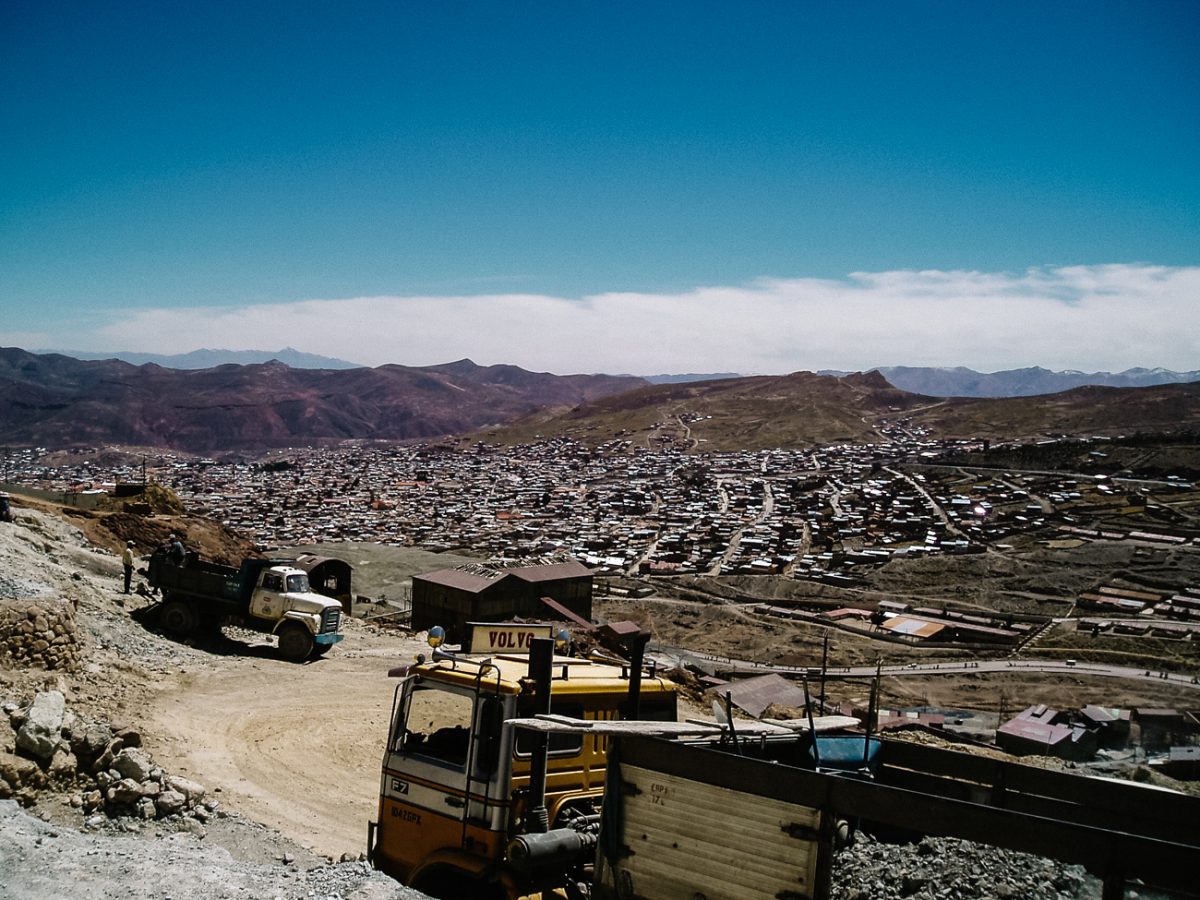
16 years ago, I entered a mine in Potosí for the first time. Of course, it’s an adventure to walk, climb and abseil in the narrow corridors and tunnels of a real mine. But moreover, you are confronted with a serious reality. The spaces are narrow, humid, dark, slippery and make you feel claustrophobic. While holding on to a rubber band, to prevent from falling, you’ll head tens of meters deep into the mine. If something bad happens, there is just no way back. You could describe it as being irresponsible to go down there. However, this is the reality of many miners who enter the mine on a daily base.
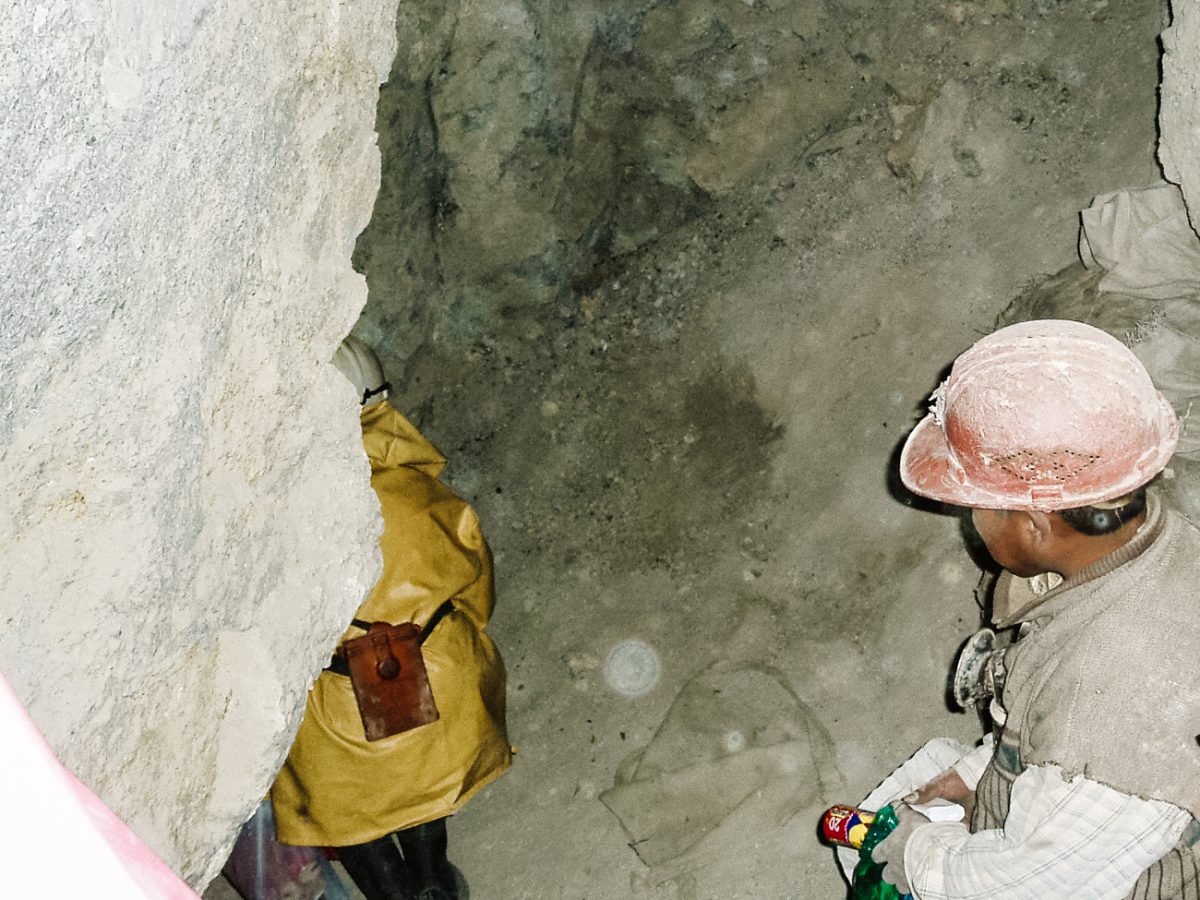
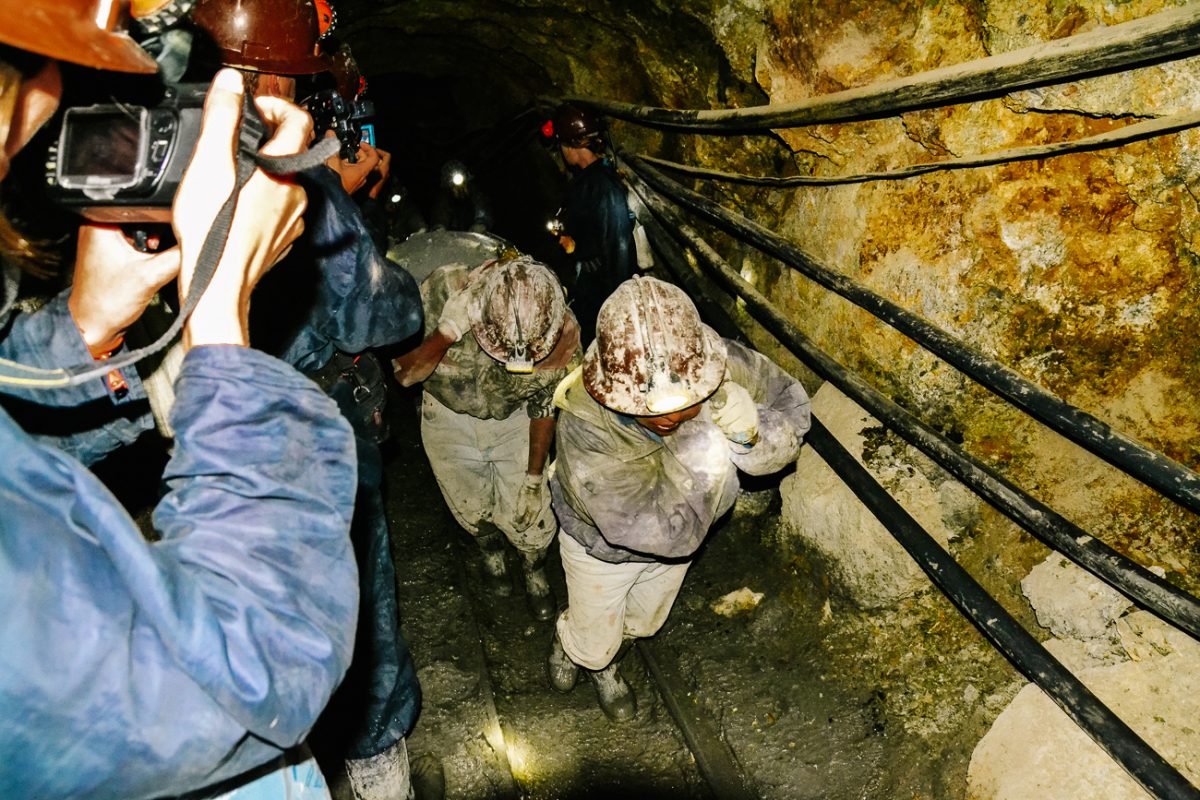
Along the way, you’ll meet plenty of miners, who are working in these curcumstances, without seeing the daylight for hours and sometimes even days. All of them are hoping to find some ore to make a living and support their families.
During my last visit, we went to the mines to film and interview some miners. Already in the early morning, there is a lot going on, around the entrance of the mines. Some of the miners are preparing themselves to enter the mines and others are busy moving carts and materials. It strikes me that the miners, are very open about their lives. Despite their living conditions, they radiate so much positivity, hope and happiness.
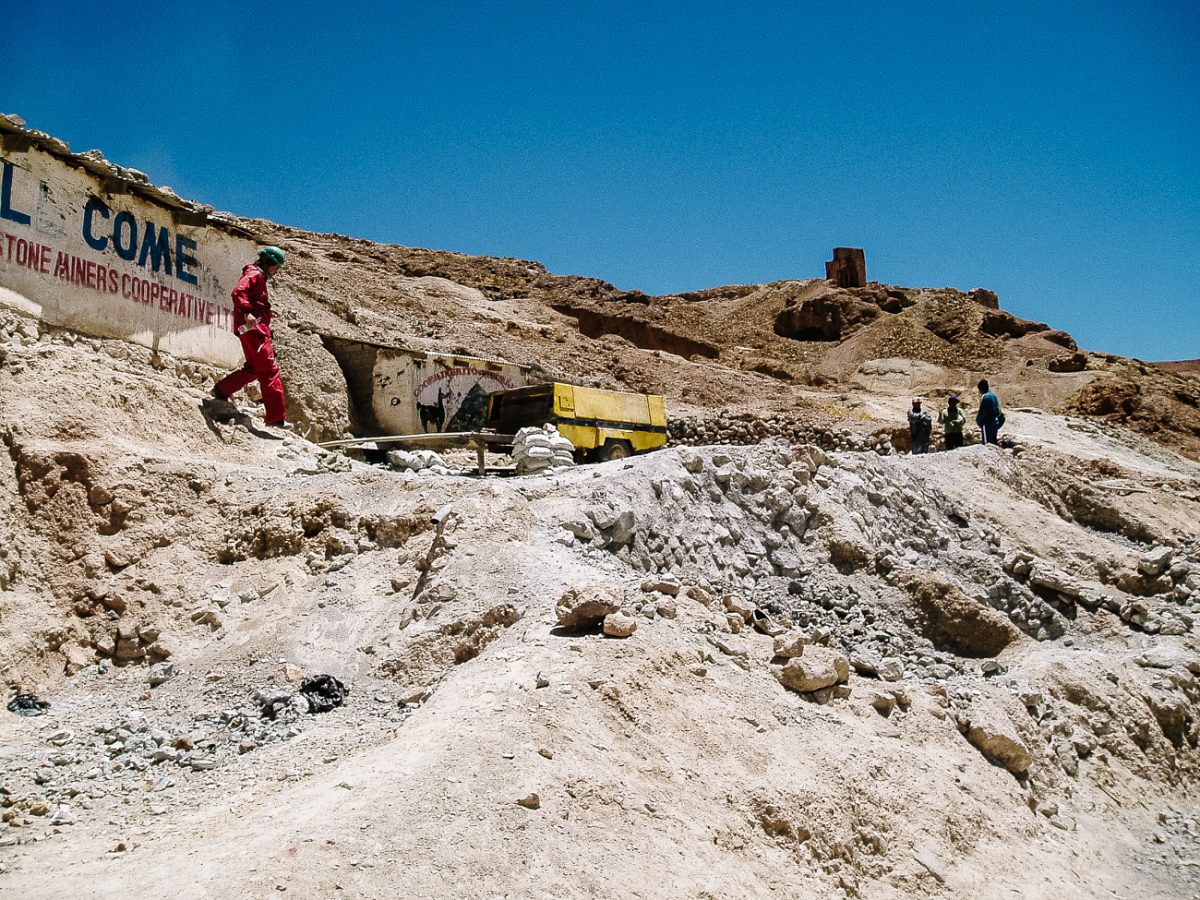
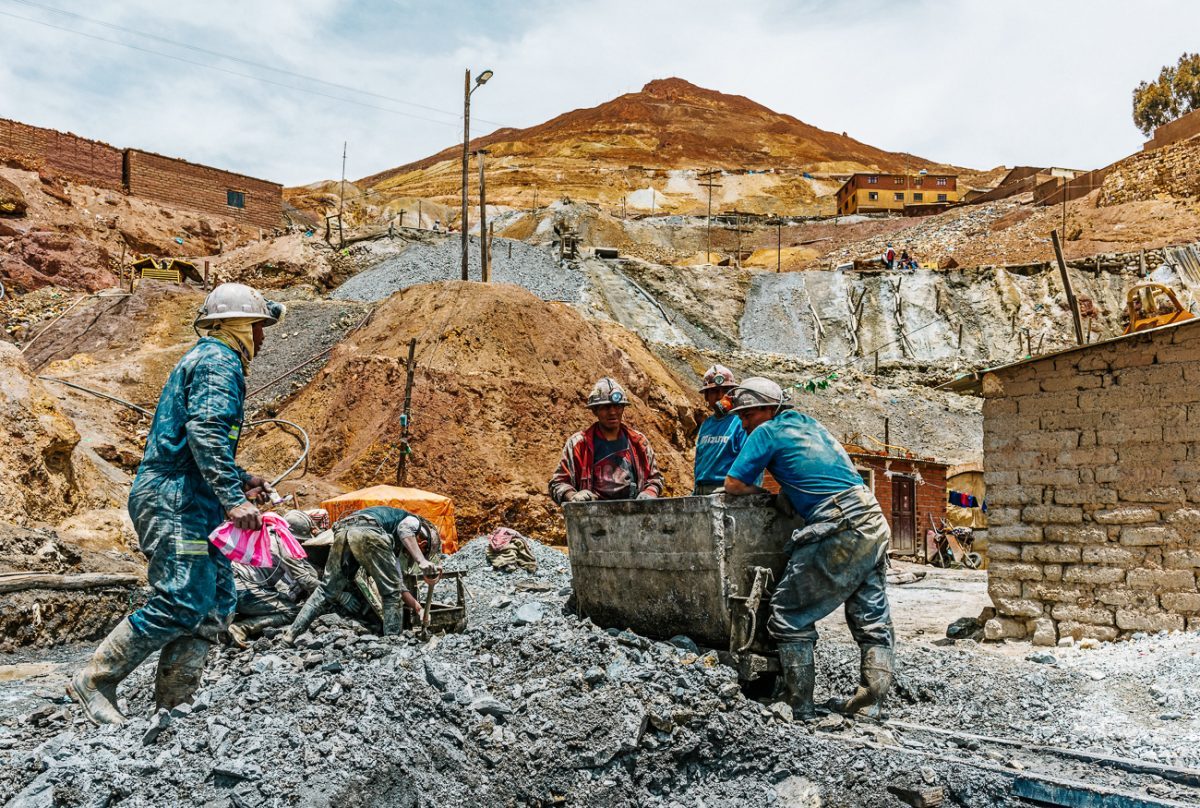
“My children can go to school now, it’s the most beautiful thing”. “When I’m free for a day, I take my family to the town square for an ice cream”, “My wife is the best cook of Potosí, I’m very lucky”, “My son is going to be a mine tour guide, I taught him everything”, “Am I really going to be on television? If I hadn’t worked here, that would have never happened”. “I am proud of Bolivia, we have our problems but it remains the most beautiful country in the world”. “My daughter teaches English and wants to go to Europe”.
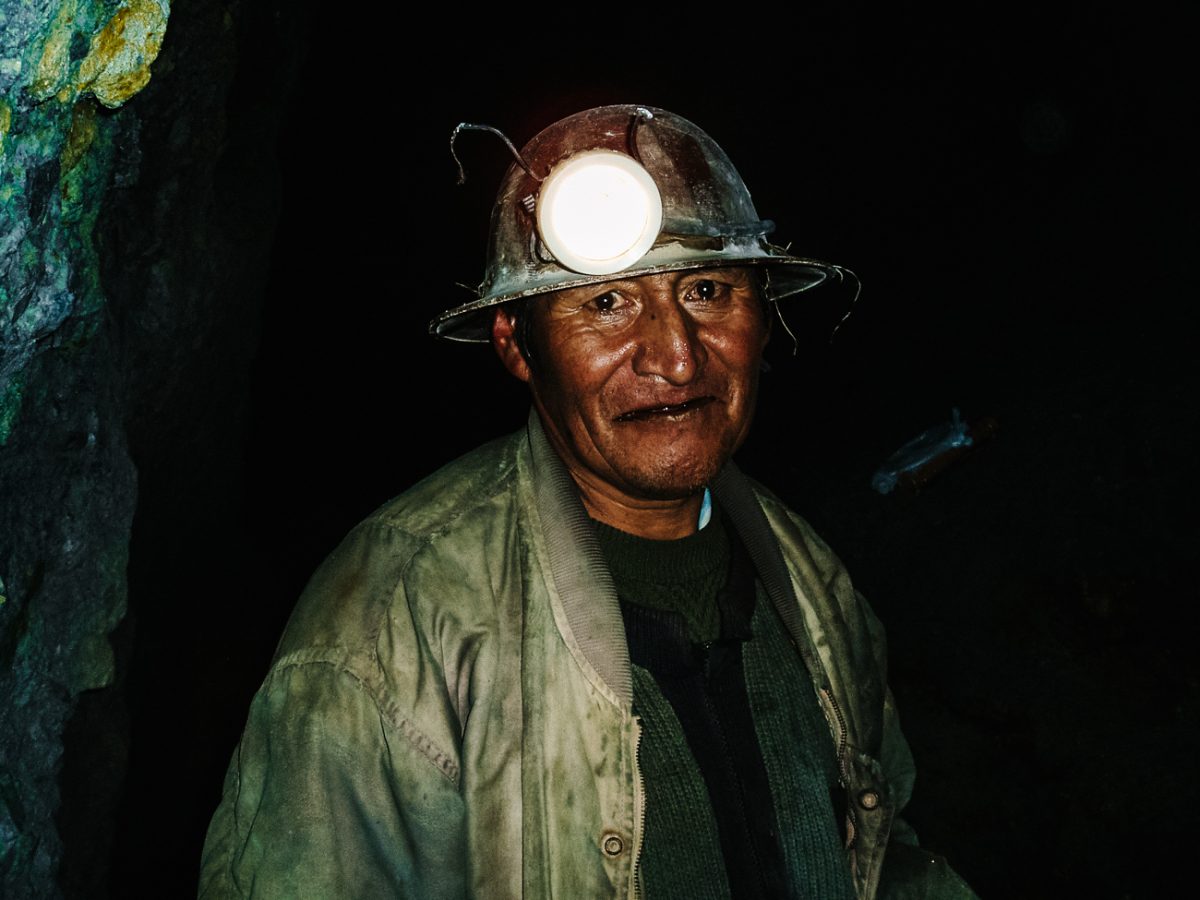
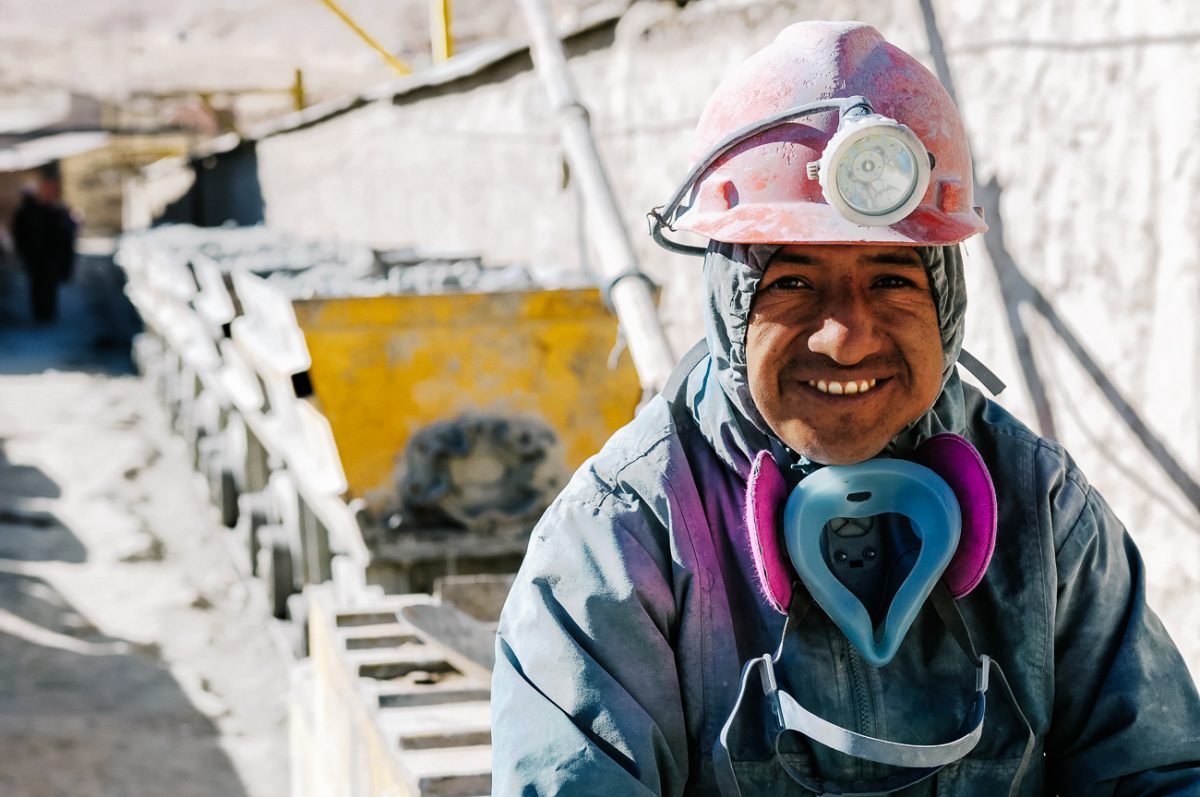
These are some of the miners quotes and their stories are touching. They all acknowledge that this work is hard. Some of the miners even become a little emotional, when we ask them about their working conditions. But they have little choice. Potosí has no other industry besides mining. Only the miners who have had the opportunity to learn English can earn their money by showing tourists around and explain them about the mines.
Across one of the mine entrances, there’s a tiny market where miners can buy their essentials: Water, dynamite, cigarettes, alcohol and coca leaves. But they don’t buy these things for themselves. They buy it for El Tio.
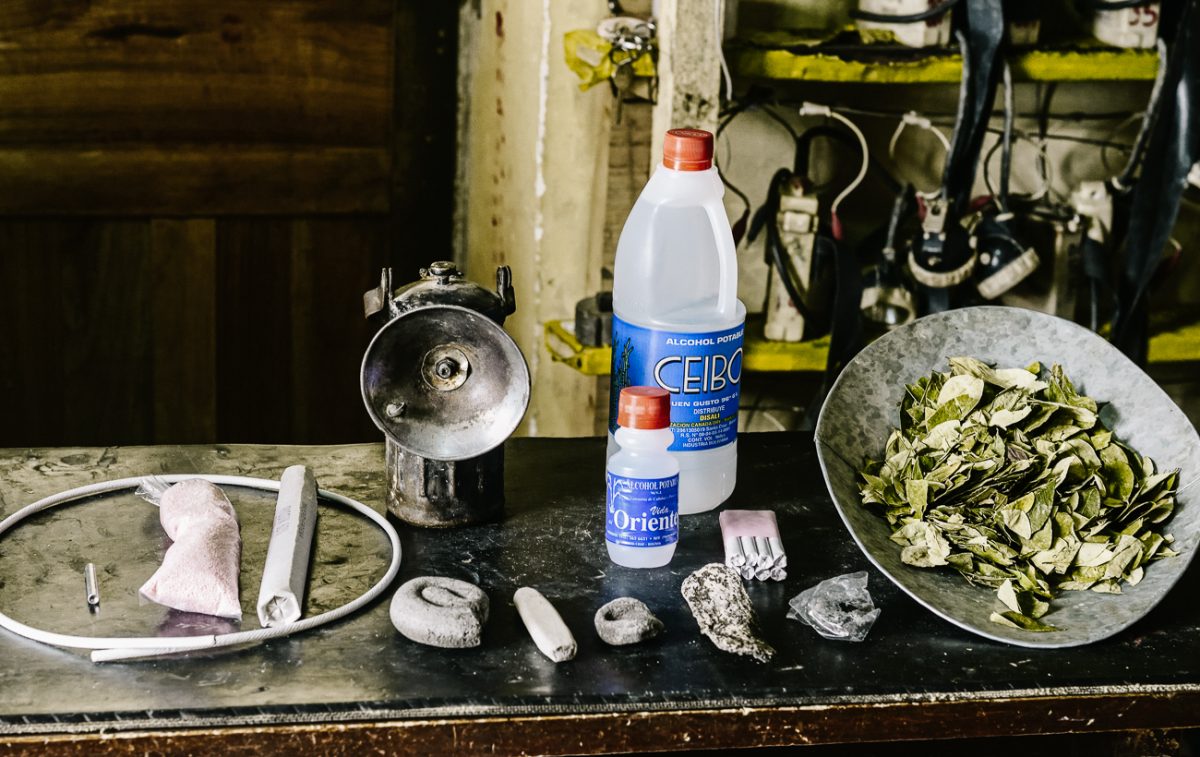
El Tio (The Uncle) rules over the mines and protects the miners. Therefore you can find several altars of this devilish figure in the mines. To keep the Lord of the Underworld happy and make sure he can continue doing his work, miners make daily sacrifices in the form of alcohol, cigarettes and coca leaves. El Tio will never leave the mines, there is no place for him above ground, where other deities rule. Only during the annual Carnival of Oruro, the second largest carnival in South America, El Tio comes out, during a ceremony that depicts his defeat in the world above.
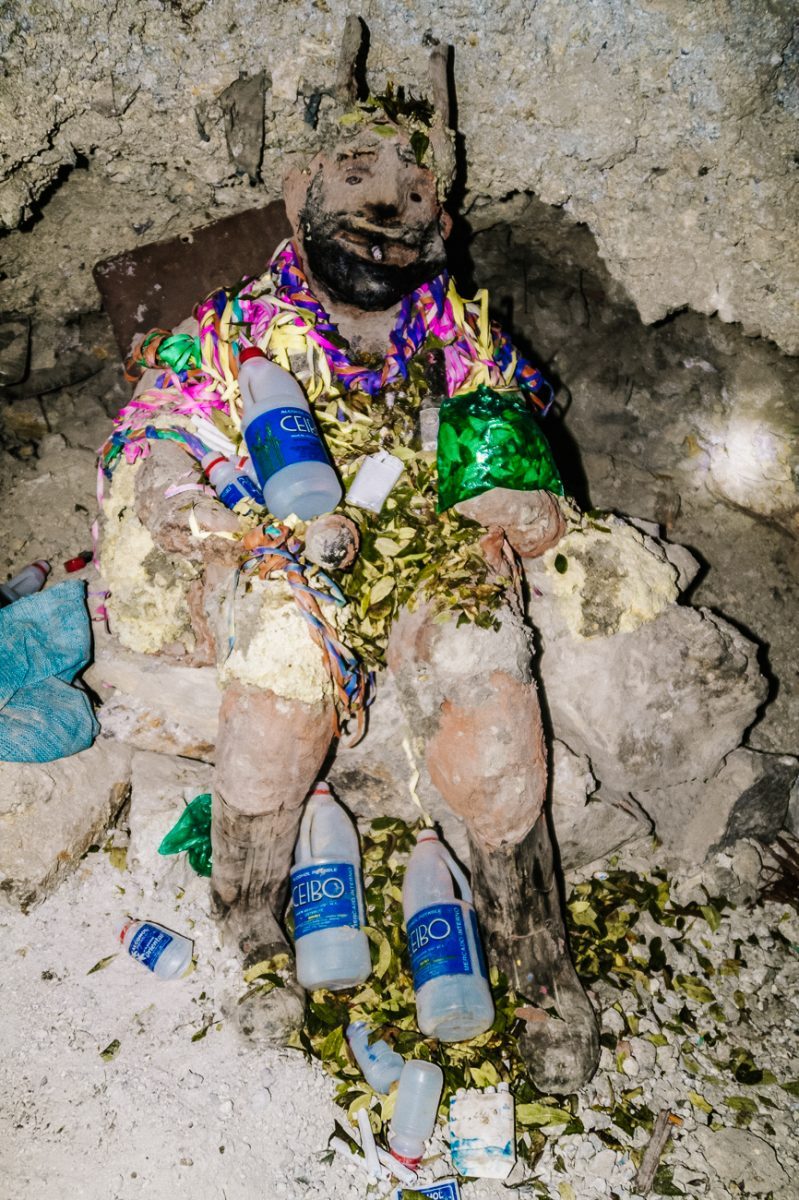
After a lot of intense, but also beautiful stories, I am invited to have dinner with the family of former miner Jorge. I met Jorge in the mines many years ago. Since then, he has become a popular tour guide. I always visit him when I am in Potosí. It’s become a tradition.
The grandmother, mother and aunt are in the kitchen all day long to prepare dinner. In the evening, the living room is cleared out and all the guests sit down at a long table for a typical Bolivian dinner: rice, beans and different kinds of potatoes (typical for the Andes region) and even lama meat, which plays a big role in Bolivian cuisine.
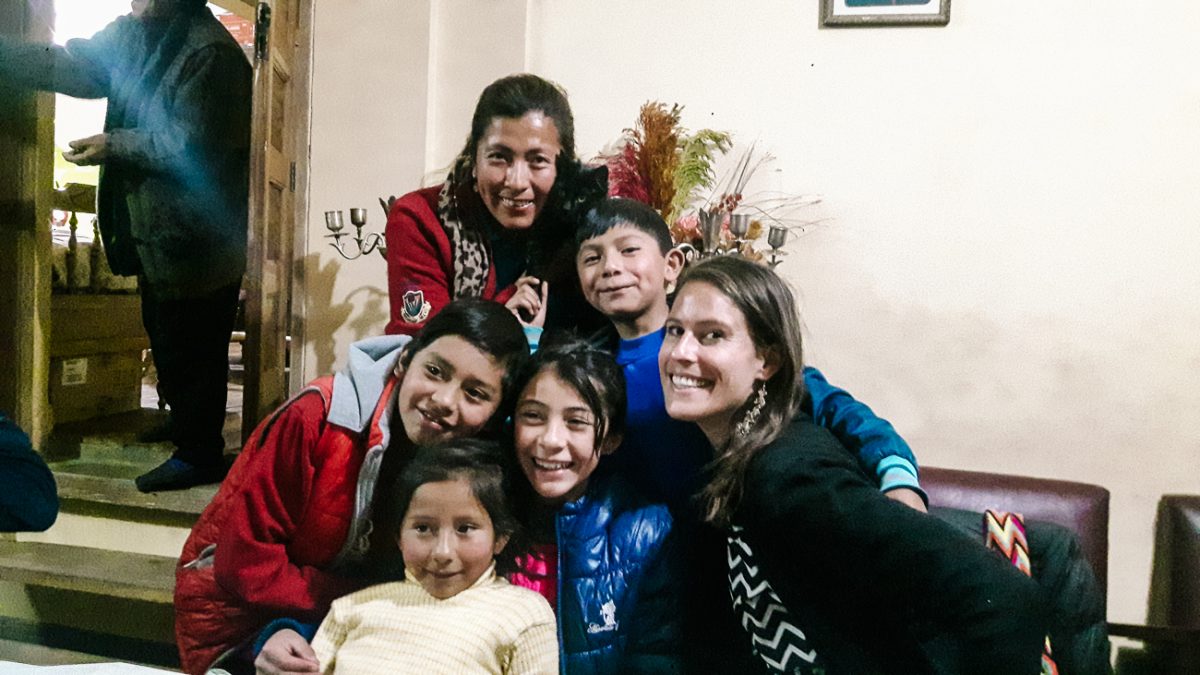
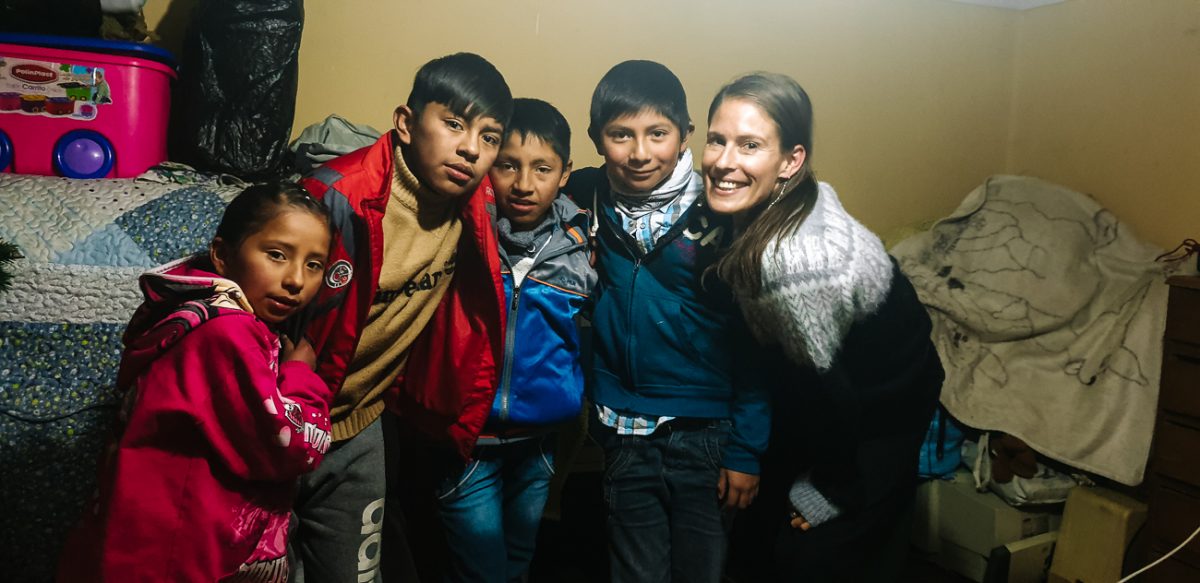
There is a special mix of guests: Europeans, together with a Bolivian family and many children. Numerous of their friends have been invited and all kids are curious to meet us. They want to become doctors or tour guides, just like Jorge.
We eat until we’re stuffed, listen to traditional Bolivian music, play games and share our stories and experiences. When it is time to leave, the children run along our bus to say goodbye. Visiting Jorge and his family is always so much fun. It’s special to call people on the other side of the world your friends!
You can email me at deborah@deboproductions.com. I’m more than happy to connect you to some of the most amazing local guides.
Do you want to read more about Bolivia? In this article you’ll find an overview with what to do in Bolivia, including the most beautiful destinations. Also, have a look in the Bolivia library with many articles about this beautiful country. Such as the best things to do in Sucre, a city guide for Copacabana, a tour on the Bolivian salt flats, the Bolivian Inca trail, a tour to the Tiwanaku ruins, shopping in La Paz, how to use the cable car in La Paz but also information about safety.
This article may contain affiliate links. If you purchase something using one of our links, we may receive a commission at no extra cost to you, which helps us keep this blog alive. Thank you for your support! Please see our disclosures for more information.